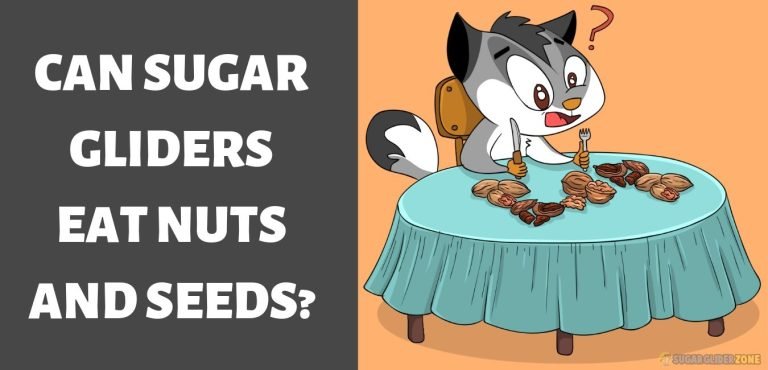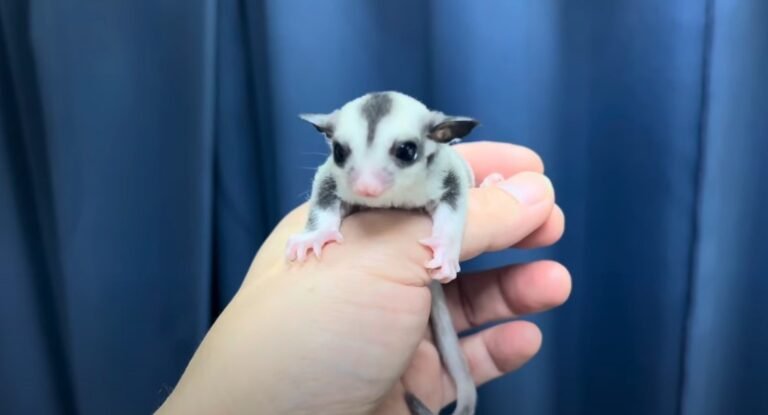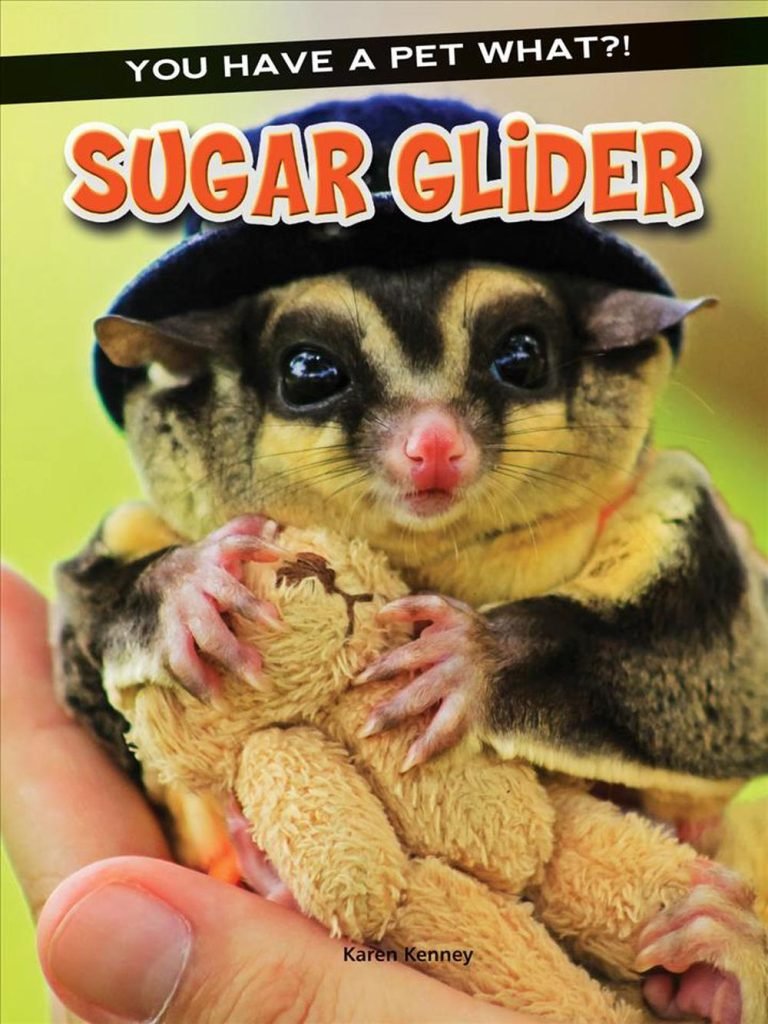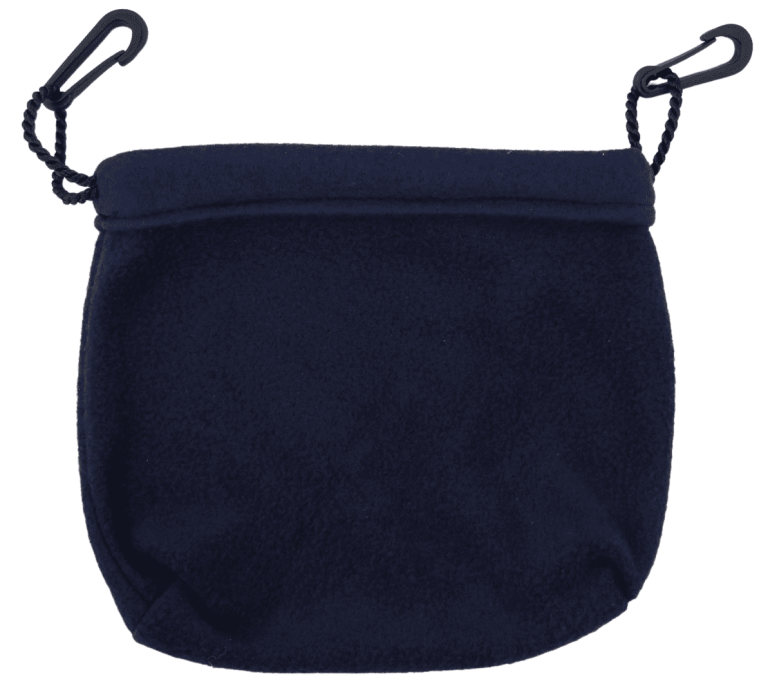What Is A Cheese Bug For Sugar Gliders
What is a Cheese Bug for Sugar Gliders?
If you’re a sugar glider owner, you may have come across the term “cheese bug” when researching their diet and nutrition. But what exactly is a cheese bug? Is it a harmful insect? Or is it some kind of tasty treat for your little marsupial friend? Let’s dive into the world of sugar gliders and cheese bugs to find out.
Understanding Sugar Gliders
Sugar gliders are small, nocturnal marsupials native to Australia, Indonesia, and New Guinea. These adorable creatures are known for their gliding abilities, thanks to the patagium, a membrane that stretches from their wrists to their ankles, allowing them to glide through the air. In the wild, sugar gliders feed on a varied diet consisting of insects, nectar, tree sap, fruits, and even small vertebrates.

The Importance of a Balanced Diet
As a sugar glider owner, it’s crucial to provide your pet with a balanced diet that closely mimics their natural feeding habits. A balanced diet ensures that your sugar glider gets all the necessary nutrients, vitamins, and minerals to thrive. A lack of proper nutrition can lead to various health issues, including nutrient deficiencies, obesity, dental problems, and a weakened immune system.
Understanding Cheese Bugs
Now, let’s get to the main topic at hand – cheese bugs. A cheese bug is not an actual bug but rather a term used to describe a specific food mix commonly fed to sugar gliders by enthusiasts and breeders. This food mix usually consists of a combination of different ingredients, including insects, fruits, vegetables, nuts, seeds, and supplements.
Cheese bugs are designed to provide the right balance of protein, carbohydrates, fats, vitamins, and minerals that sugar gliders need for optimal health. The name “cheese bug” is believed to have originated from the appearance of the food mix, which resembles a bug crawling on cheese due to the combination of colors and textures.
The Benefits of Cheese Bugs
Cheese bugs offer several benefits for sugar gliders. Here are some of the advantages of including cheese bugs in your pet’s diet:
1. Protein Source: Sugar gliders are naturally insectivorous, meaning they consume a significant amount of insects in the wild. Cheese bugs provide a convenient way to include insects as a protein source in your glider’s diet.
2. Nutritional Variety: In the wild, sugar gliders have a varied diet that includes a wide range of food sources. Cheese bugs allow you to replicate this variety, ensuring your glider receives all the necessary nutrients.
3. Mental Stimulation: Sugar gliders are intelligent and curious animals. Feeding them a diverse and visually appealing diet, like cheese bugs, can provide mental stimulation and prevent boredom.
Creating a Balanced Cheese Bug Mix
To ensure your sugar glider is getting a balanced diet, it’s essential to create a well-rounded cheese bug mix. Here are some key components you can include:
1. Insects: Provide a variety of insects, such as mealworms, crickets, and silkworms. These insects are a valuable source of protein for your glider.
2. Fruits and Vegetables: Include a mix of fresh fruits and vegetables to provide essential vitamins and minerals. Some suitable options include apples, bananas, carrots, and leafy greens.
3. Nuts and Seeds: Nuts and seeds are excellent sources of healthy fats. Consider adding almonds, walnuts, pumpkin seeds, and sunflower seeds to the mix.
4. Supplements: It’s important to include calcium and multivitamin supplements in your cheese bug mix to ensure your glider’s nutritional needs are met.
Frequently Asked Questions
Now, let’s address some frequently asked questions about cheese bugs and sugar gliders:
Q: Can I feed my sugar glider cheese instead of cheese bugs?
A: While the term “cheese bug” might sound like cheese is involved, it’s important to note that sugar gliders should not be fed cheese. Cheese is not a natural part of their diet and can lead to digestive issues.
Q: Where can I buy cheese bugs for my sugar glider?
A: Cheese bugs are not a commercial product, but you can create your own mix using high-quality ingredients. Many sugar glider specialty stores offer a variety of ingredients for creating a balanced cheese bug mix.
Q: How often should I feed cheese bugs to my sugar glider?
A: Cheese bugs should be a part of your sugar glider’s daily diet, along with other staple foods like a commercially available pelleted diet made specifically for sugar gliders.
Final Thoughts
Cheese bugs are an excellent addition to your sugar glider’s diet, providing them with the necessary nutrients for a healthy and happy life. By offering a varied and balanced diet, you can ensure that your sugar glider thrives in captivity just as they would in the wild. Remember to consult with a veterinarian experienced in exotic pet care for specific dietary recommendations tailored to your sugar glider’s needs. Happy gliding and cheese bug munching!







